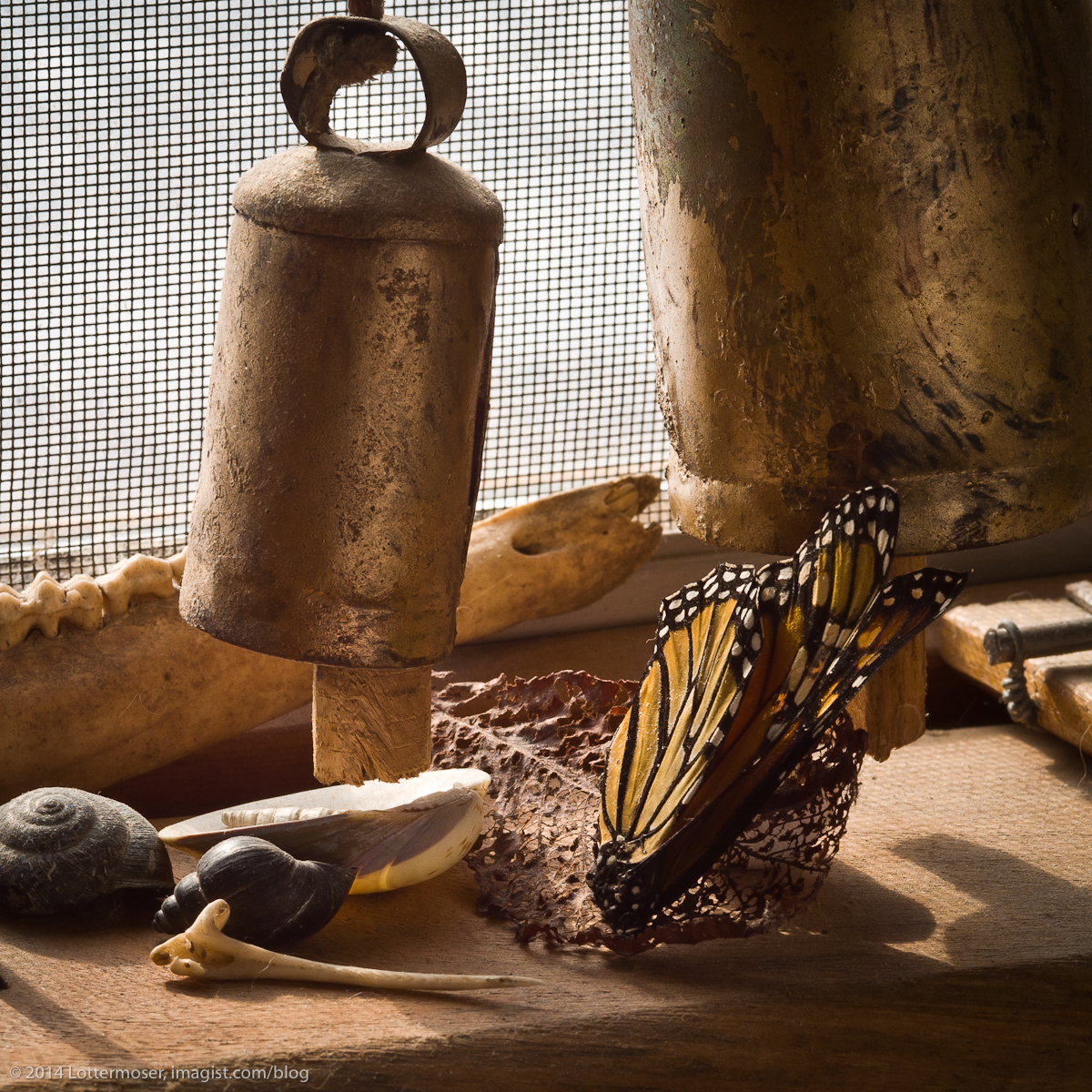It’s an important novel.
Scientists assert that the global climate change may cause the Monarch’s over-wintering sites in Mexico to become wetter, and the spring and summer breeding areas of the United States west coast and mid-western agricultural belt to become warmer. As temperatures become too warm for this species, their summer migrations may take them even further northward.
Will the Monarch Butterflies migrate a further distance south to the current locations? Since researchers started keeping records in the early 1900’s the winter sites have not changed. Might temperature increases cause changes in their migratory patterns? View the migration map here.
The Monarch’s winter home in the mountains of central Mexico is greatly threatened today by tremendous logging operations of the Fir tree forests. This deforestation and increased agricultural development in Mexico is causing great concern, and adding to the outcry that the Monarch Butterfly is becoming an endangered species.
Along the populous areas of southern California many species of the Monarch Butterfly’s roosting trees are disappearing, although the Eucalyptus tree is increasing in numbers for the butterflies. Local concerned groups are encouraging the conservation of trees for roosting, and the re-planting of milkweed plants for the females to lay eggs on in late winter and early spring.
When semi-dormant in the winter the Monarchs need dense tree cover. And in the spring and summer breeding season they need abundant availability of milkweed plants.
Although in North America the Monarch Butterflies are not considered an “endangered” or “threatened” species, they are highly protected under law, especially around their wintering roosting sites.
